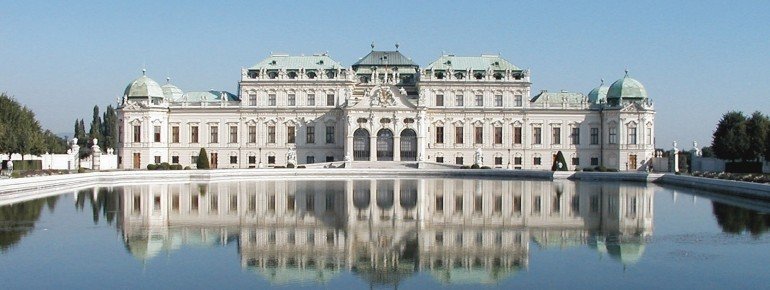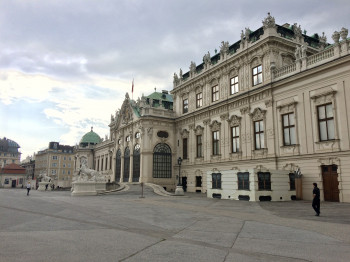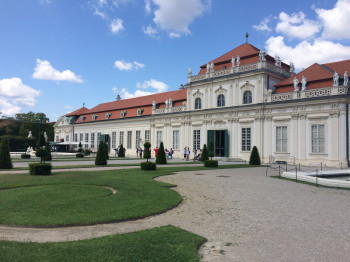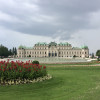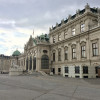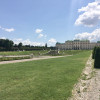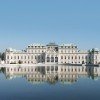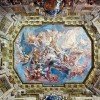Contents
Description
Belvedere Palace in Vienna with its magnificent gardens is one of the most beautiful Baroque ensembles in the world. Formerly residence of Prince Eugene of Savoy, it is now home to a number of exhibitions. Along with the Hofburg and Schönbrunn Palace, it is one of Vienna's most significant palace structures.
Art Exhibitions
The complex consists of two palaces, the Upper and Lower Belvedere, as well as the Orangery, the Palace Stables, and the garden. It is home to the largest Klimt collection in the world, including the famous “Kiss”. Furthermore, it features art works by Schiele, Kokoschka, Waldmüller, Renoir, Monet, and Van Gogh as well as significant paintings originating in the 19th and 20th century, the baroque period, and the middle ages. The old baroque stables, are used as an exhibition space for medieval sacred artworks.
Beautiful Gardens
The Baroque gardens are the oldest part of the complex, and characterised by its strict symmety, connecting Upper and Lower Belvedere through its centerline. They were first designed by Dominique Girard, a student to Le Nôtre. The idyllic gardens feature numerous fountains and sculptures.
Historical Information

The Upper Belvedere was constructed in the period between 1717 and 1723 and was used for representative purposes only. In the late 1770s, it functioned as a gallery exhibiting imperial paintings. The Lower Belvedere, was built between 1712 and 1716, by the architect Johann Lucas von Hildebrandt. It built as a residency palace only.
Interesting facts
- Belvedere Palace is the the best rated tourist attraction in Austria.
How to get there
Upper Belvedere
The Upper Belvedere can easily be accessed on public transport. Trams and busses stop at "Quartier Belvedere". Alternatively you can take the subway (U1) and get off at "Südtirolerplatz".
Lower Belvedere/ Royal Stables (Prunkstall)/ Orangery
The Lower Belvedere is also easy to get to. Tram line D71 gets you to "Unteres Belvedere".






